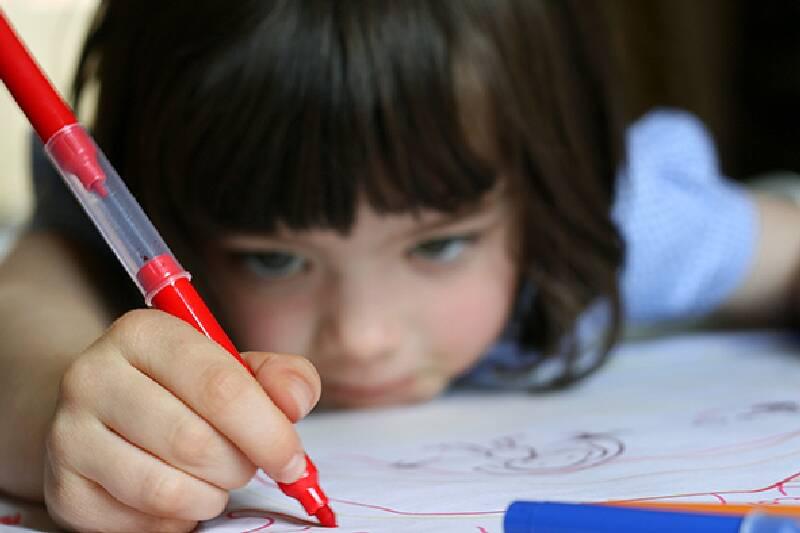Visual impairments in children can negatively affect all stages of normal perception, communication, learning, social interaction, body and balance development. In school-age children, they cause symptoms such as refractive errors, eye fatigue, redness, watering, frequent low-grade infections caused by rubbing the eyes, conjunctivitis and blepharitis.

After close work, temporary blurriness, letters merging, skipping lines, double vision, eye discomfort, and headaches may occur. Correcting refractive errors becomes crucial for alleviating all these symptoms collectively known as asthenopia.
The eye’s ability to focus images on the retina depends on its refractive power, approximately 64 diopters. The lens and cornea, covering the front of the eye like a watch crystal, are responsible for the eye’s refractive power. Refractive errors, causing the failure to focus images on the retina, come in three forms: hyperopia, myopia, and astigmatism. The absence of refractive errors in the eyes is called emmetropia.
In hyperopia, incoming rays from infinity focus behind the retina. Hyperopia occurs when the eye’s front-back axis is shorter, or the cornea or lens is less refractive. Low hyperopia doesn’t necessarily require correction, but in cases of high hyperopia, vision is unclear, requiring eyeglasses. Hyperopic children need to accommodate their eyes to see near objects. Excessive accommodation can lead to eye fatigue, eye and headaches, inward deviation, and strabismus. These children tend to avoid close work, showing reluctance in reading, eye rubbing, and increased susceptibility to eyelid infections.
For treatment, thin-edged converging lenses are used. Eye examinations in children under 10 years old must be conducted with pupil dilation using drops.
In myopia, rays parallel to the eye from 5 meters focus in front of the retina. Myopic patients can see near objects well but struggle with distant ones.
Signs of myopia in children may include indifference to distant objects, watching TV up close, and difficulty seeing the board. Astigmatism occurs when the lens or cornea’s refractive power varies in different axes, preventing light rays from focusing on the retina as a point.
Elementary school age is when myopia often begins. Genetic predisposition, a family history of high refractive errors, and environmental factors are responsible for myopia’s onset. After the onset of myopia, progression is rapid in the first few years, then slows down. Therefore, children wearing glasses for the first time should visit an eye doctor every six months. In the following years, an annual check-up may be sufficient. During this period, an average increase of -0.5 diopters per year may occur. Myopia usually requires correction with glasses when it reaches -0.50 diopters.
However, for greater myopic degrees, glasses are necessary. Wearing myopic glasses, especially when reading, will stimulate the child’s accommodating muscles, preventing future outward deviation.
If glasses are decided to be worn, frame and lens selection are crucial. Since children’s nasal bones have not yet fully developed, the frame’s central weight should spread over the nose with a silicone pad. The part extending towards the back of the ear should wrap around the ear in a C-shape to prevent sliding. The frame should be designed not to hurt the nose and ear, ideally intersecting the vertical and horizontal axes of the glasses at the pupil’s center.
Today, lenses are mostly made from organic materials. Polycarbonate material may be suitable to prevent the glass from breaking and causing harm to the eyes. Adding a UV filter to the prescription lens protects the eyes from harmful ultraviolet radiation in the atmosphere.
Especially in the adolescent group, the use of contact lenses has become more common. However, infections that may occur due to contact lenses can cause complications that may permanently impair vision in children. Therefore, personal hygiene, appropriate lens selection, and usage are crucial.
In conclusion, conducting an eye examination before schools open to identify refractive errors and providing suitable glasses, if needed, will positively impact children’s school life in every aspect.

